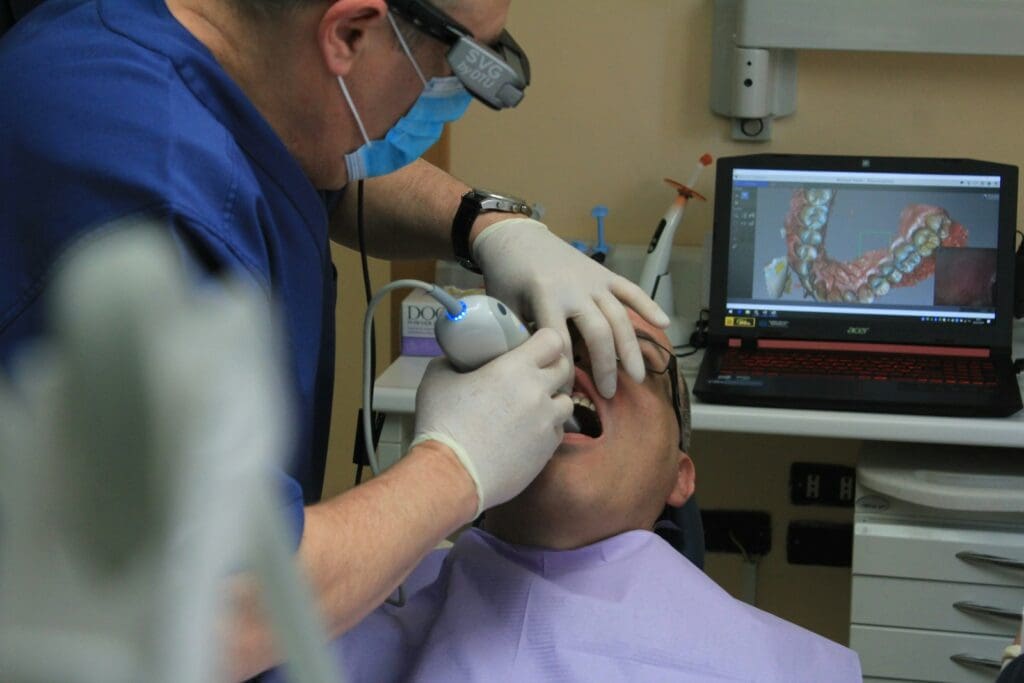
Strategies for Financial Management and Cost Efficiency in Dental Treatments
Maintaining oral health is a critical component of overall well-being, but the cost of dental care can often be a significant barrier. Regular check-ups, cleanings, and unexpected treatments can quickly become financial burdens. With the soaring costs of dental procedures, individuals are increasingly seeking ways to make dental care more affordable without sacrificing quality. From understanding the intricacies of insurance coverage to exploring various financing options, there is a plethora of strategies to manage dental expenses effectively.
Various financing plans are available for those who find dental care costs to be prohibitive. Dental offices often partner with credit providers to offer payment plans that can ease the immediate financial impact of treatments. For more extensive procedures, such as orthodontics or implants, these financing options can be especially beneficial, allowing patients to access necessary care promptly. Additionally, third-party healthcare financing companies provide loans and credit lines specifically for medical and dental expenses, often with competitive interest rates and flexible terms.
Cost-saving tips are also important tools in managing dental expenses. Patients may consider services offered by dental schools, where treatments are provided at a reduced cost by students under professional supervision. Seeking preventive care to avoid more costly procedures down the line, and taking advantage of free or low-cost community dental clinics, are also effective ways to reduce overall dental costs. By exploring a combination of these strategies, individuals can better navigate the financial challenges of securing essential dental care.
Understanding Dental Care Costs
Navigating the landscape of dental care expenses requires an understanding of the types of procedures available and the various factors that can affect their costs.
Typical Procedures and Associated Costs
- Examination and Cleaning: Routine check-ups can range from $50 to $200, often including a dental cleaning.
- Fillings: Depending on the material used (amalgam or composite), prices vary from $50 to $300 per filling.
- Crowns: Costs for crowns can be significant, typically between $500 and $2,500, based on the material (metal, porcelain, etc.).
- Root Canals: Depending on the tooth complexity, root canal treatment might cost from $300 to $2,000.
- Extractions: A simple extraction is usually less expensive, around $75 to $300, while surgical extractions, such as wisdom teeth removal, can exceed $800.
- Dentures: Basic dentures can range from $300 to $5,000 for a full set, while higher-end options can cost more.
- Braces or Orthodontics: Traditional braces usually range from $3,000 to $7,000, with clear aligners being similarly priced or slightly higher.
Factors Influencing Treatment Prices
- Location: The same procedure can cost significantly more in high-cost living areas compared to smaller towns or regions with a lower cost of living.
- Dentist Experience and Specialization: More experienced dentists or those who specialize in certain treatments may charge more for their services.
- Dental Office Overheads: Practices with modern facilities and equipment may have higher fees to cover their increased overhead costs.
- Material Quality: Higher-quality or more aesthetically pleasing materials such as ceramic or porcelain in crowns or fillings can drive up the cost.
- Insurance and Coverage Plans: Out-of-pocket costs can vary dramatically depending on the patient’s dental insurance and what is covered under their policy.
Insurance and Dental Plans
When considering dental care costs, patients should thoroughly understand their insurance coverage and explore dental discount plans that may provide sizable savings.
Navigating Dental Insurance Policies
Dental insurance typically covers a portion of the costs associated with preventive care, like cleanings and check-ups, and may cover more complex procedures at varying levels. Patients should review their policy’s annual maximums, deductibles, and co-payments. It’s crucial to check if their insurance operates on a calendar year or a fiscal year basis to maximize benefits. Here are key aspects to consider:
- In-Network vs. Out-of-Network: Patients often receive a higher reimbursement rate for services provided by in-network dentists.
- Pre-Authorization: For certain treatments, pre-authorization from the insurance company may be required to ensure coverage.
- Coverage Tiers: Policies often have different coverage tiers for preventive, basic, and major services.
Insurance companies can provide a Summary of Benefits which details the coverage specifics and patients should familiarize themselves with terms like “UCR” (Usual, Customary, and Reasonable) rates, which affect how much they’ll pay out-of-pocket.
Evaluating Dental Discount Plans
Dental discount plans are not insurance policies but can offer patients reduced rates on dental services from participating providers. To evaluate if a dental discount plan is beneficial, patients should:
- Compare Costs: Weigh the annual fee of the discount plan against the potential savings on dental work.
- Check Provider Network: Ensure there is a selection of participating dentists and specialists nearby.
Patients might find that these plans provide significant savings for dental services not typically covered by insurance, such as cosmetic dentistry. It is essential for patients to read the fine print and understand the extent of the discounts offered and any limitations or exclusions that may apply.
Financing Options for Dental Care
Dental care is essential, but often costly. Patients facing high dental costs may consider several financing options to manage their expenses effectively.
Personal Loans for Dental Work
Personal loans can serve as a suitable option for dental financing. Borrowers need to be aware of their credit scores, as they significantly influence interest rates and loan terms. Financial institutions typically offer loans with fixed or variable interest rates, and patients should carefully evaluate and compare these terms before proceeding.
In-House Payment Plans
Many dental practices offer in-house payment plans that allow patients to spread the cost of treatment over time. These plans may not always require a credit check, making them accessible for a broader demographic. It’s imperative for patients to understand the terms, such as down payments or interest rates, associated with the specific plan offered by their dental office.
Credit Cards and Medical Credit Lines
Credit cards, especially those designed for healthcare expenditures, can offer deferred interest promotions. Medical credit lines like CareCredit provide financing options tailored for health-related services. They often feature no-interest periods if the balance is paid within a specified timeframe. However, patients must be cautious with these options as interest rates post-promotion can be quite high.
Cost-Saving Strategies
Managing dental care costs effectively involves taking proactive steps and exploring educational opportunities for affordable treatments.
Preventive Care and Maintenance
Regular dental check-ups and maintaining oral hygiene can reduce the need for expensive procedures. Individuals should brush and floss daily, and use fluoride toothpaste to prevent cavities. It’s economically wise to invest in a good toothbrush and replace it every three to four months. They should also consider professional cleanings at least twice a year to prevent periodontal diseases that can result in costly treatments.
Seeking Treatment at Dental Schools
Dental schools often provide treatment at significantly reduced costs as students perform the procedures under the supervision of experienced instructors. Patients can benefit from a variety of services including cleanings, extractions, and even more complex procedures. This option allows individuals to access quality dental care while also contributing to the education of future dentists.
Government and Charitable Programs
In the realm of dental care, a range of government initiatives and charitable organizations provide financial aid options for individuals in need. They are designed to alleviate the economic burden of dental expenses.
State-Funded Assistance
State-funded programs, such as Medicaid in the United States, often cover dental services, focusing predominantly on low-income individuals, children, pregnant women, the elderly, and people with disabilities. To qualify, one usually needs to meet specific state-determined criteria. Coverage details can vary widely, so it’s essential to check the specifics with the state’s Medicaid office or healthcare marketplace.
Nonprofit and Charity Options
Numerous nonprofit organizations and charities offer reduced-cost or free dental services to those in need. For example, the Dental Lifeline Network operates in multiple states, providing help particularly to the elderly, persons with disabilities, and medically fragile individuals. Additionally, some local organizations and dental schools may also host free dental clinics or provide services at a significantly reduced cost. Checking with local dental associations, dental schools, and health departments may reveal additional opportunities for affordable care.



